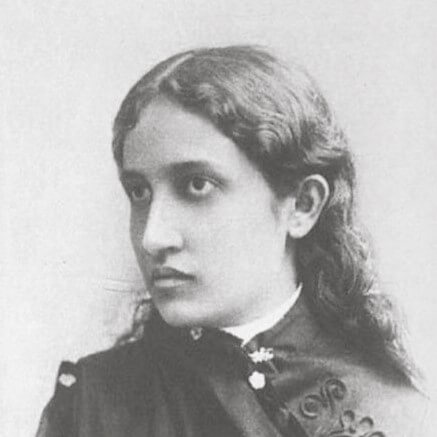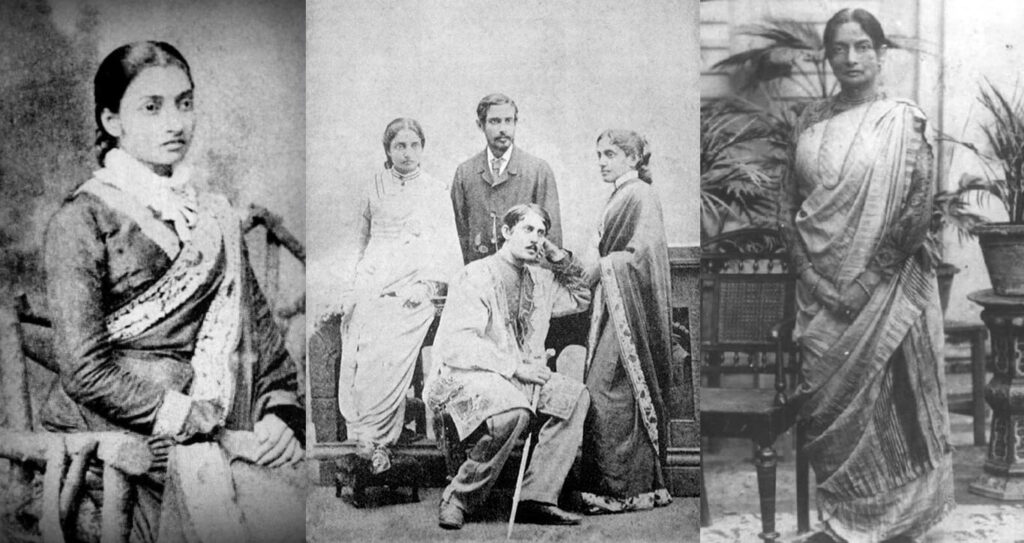Jnanadanandini Devi
Jnanadanandini Devi
Had an Early Impact on Women’s Empowerment in 19th-Century
Address: Narendrapur, Jessore, 7400, Bangladesh
Gender: Female
Job Title: Social Reformer

Devi, Jnanadanandini (1850- 1941) Renowned for her innovations in Bengali women’s dress reform and modernization (in manners, etiquette, and emerging from seclusion), Jnanadanandini was born in a remote village in Jessore. She was married at the age of eight to Satyendranath Tagore, the first Indian to become a member of the Indian Civil Service (1864) and elder brother of Rabindranath Tagore.
Satyendranath, who believed in the new form of the companionate marriage then coming into vogue among the enlightened bhadralok, belonged to the new breed of men and wanted to see his wife moulded into the emergent new personality of the modern Bengali gentlewoman bhadramahila or through education and grooming. After her transformation (aided greatly by her husband) Jnanadanandini became an elegant, accomplished woman well versed in the ways of high British etiquette and manners and among the many Bengali women of the time who were educated, she was the first ‘modern woman’.

She was one of the first to emerge from the strictest purdah into the public gaze of elite British officialdom by attending civilian parties. She was the first daughter-in-law in the Tagore household to break tradition and accompany her husband to his posting in Bombay. There she observed and adopted Parsi ways and put much of her new ideas into innovations in the lifestyle of Bengali women.
The most significant innovation of Jnanadanandini was in dress. Hitherto, women in the traditional home wore a single, thin span of cloth – the sari – which was deemed an improper attire for modern woman’s more ‘public’ lifestyle. Jnanadanandini borrowed from the Parsi style of wearing the sari and introduced the ‘Brahmika Sari’, complete with bodice, petticoat, shoes, and socks. This new attire enabled the new generation of bhadramahilas to emerge and operate in the public sphere. In 1871 Jnanadanandini publicized the reformed dress in the Bamabodhini Patrika.
She was among the first handful of Hindu women to cross the seas when she went to England for a long visit in 1877 with her three children. In this too she broke another taboo. Fluent in Bangla, English, Gujrati, Marathi, and to some extent French, she was a trendsetter and a model for the emerging ‘new women’, especially among the westernized Bengali elite. Though not a writer she contributed small pieces to Bamabodhini Patrika and Bharati and was an active member of Sakhi Samiti, the women’s association founded by Swarna Kumari Devi. [Sonia Amin]
Bibliography: Ghulam Murshid, Rassundari theke Rokeya, Dhaka, 1993.
Article Source: Banglapedia